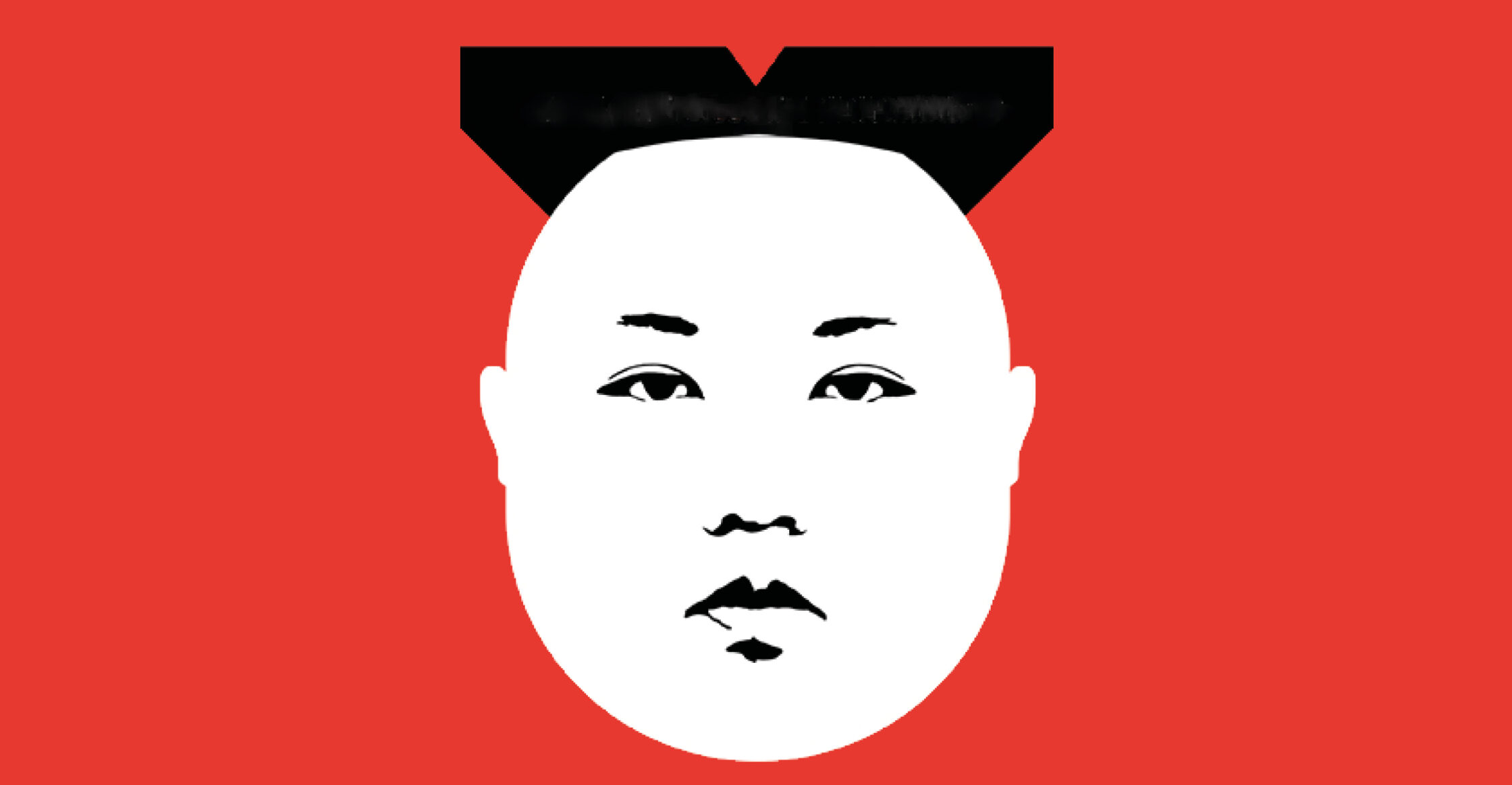In January 2022, North Korea launched eleven missiles over seven tests, marking the busiest single month of missile testing in its history. These tests—all of which were reportedly successful—took place against the backdrop of food shortages and economic difficulties in North Korea as the country remains locked down amid concerns about the Covid-19 pandemic.
For North Korean leader Kim Jong Un, the success of these tests is essential—not just for his military modernization goals, which he outlined in 2021 at high-level Workers’ Party of Korea congress, but because they underscore that at least something is going well. Kim faces what is arguably the most challenging set of internal issues this year.
The pandemic isn’t everything for North Korea, however. While Kim is seizing global headlines once again like in 2017, when tensions with the United States reached heights during the first year of former U.S. President Donald Trump’s term, much of the current path was foreseeable at least as early as mid-2019.
In the aftermath of the failed February 2019 Hanoi summit, where Kim found himself embarrassed and enraged in equal measure after his inability to clinch a deal with the United States, North Korea reassessed its plan. Kim spoke of a “new way” forward at the end of that year, even as he had little idea that a then unknown mysterious pneumonia-like disease in neighboring China would soon balloon to a global pandemic—one that North Korea would, in January 2020, deem a threat to its “national survival.”
Since then, North Korea has been inwardly focused. If the pandemic has provided an opportunity, its been for ideological consolidation. With the country more shut down than its been at any time under Kim Jong Un, the state has had the opportunity to push back on external influences.
In this environment, Kim has laid out plans for the next phase of his nuclear program. In January 2021, he called for longer-range missiles, better missiles, including hypersonic missiles, and new tactical nuclear weapons, among other capabilities. Some of the capabilities he called for then have since been tested.
In the near-term, diplomacy with the United States appear to be a remote prospect. The Biden administration has its sights set elsewhere, leaving North Korea a problem to be managed rather than one to be solved. While Kim no doubt expects to find himself back at the negotiating table with the United States at some point—under this administration or another—he’s betting that the basis for North Korean leverage in future talks will depend on capabilities. As long as the pandemic persists, too, North Korea is less likely to engage on issues related to its nuclear and missile programs.
If Kim has his way, the United States might rue the day it declined to seize an opportunity to reduce the threat from North Korea’s nuclear arsenal in Hanoi in 2019; instead of living with a North Korea with a modest nuclear capability, the U.S. might find itself sitting across from the negotiating table the next time with a North Korea armed to the teeth with tactical nuclear weapons, maneuverable missiles, and much more.
In the meantime, the pandemic, food shortages, and an economic crunch will continue to stress North Korea. But Kim appears more determined than ever to double and triple down on his military capabilities.
Kim Jong Un and the Bomb is available here: https://bit.ly/3BwVvEv

Ankit Panda is an award-winning writer and international security expert. He is Adjunct Senior Fellow in the Defense Posture Project at the Federation of American Scientists, and a senior editor at The Diplomat. He lives in New York.
